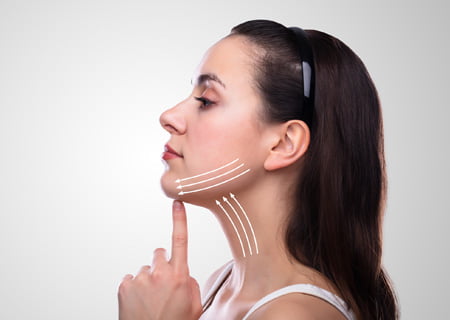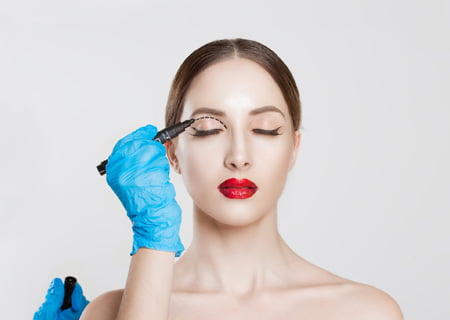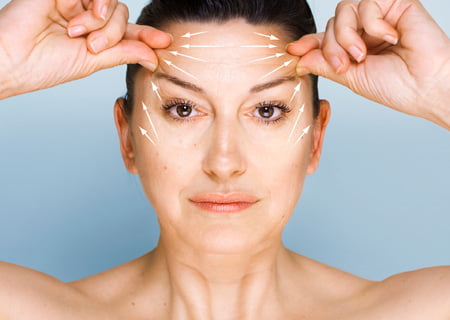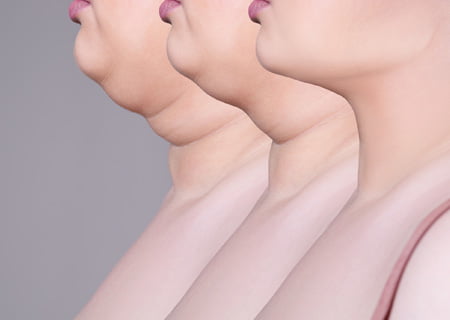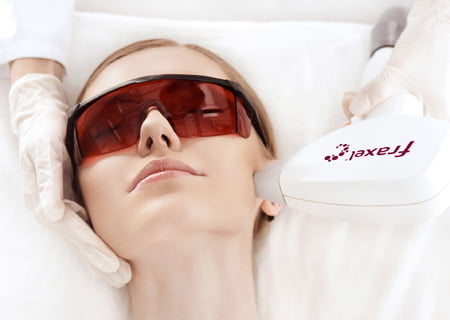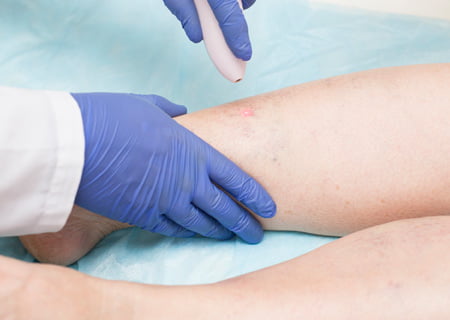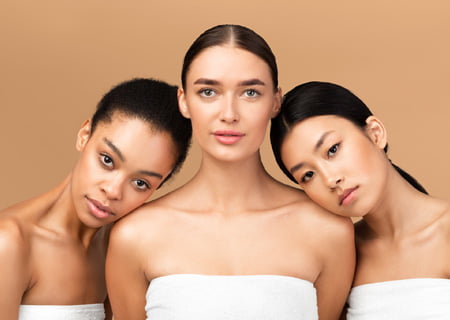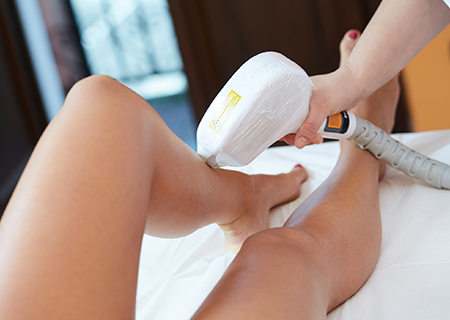Correcting Flaring Nostrils in Alberta

Some people hardly notice it until a photo catches them mid-smile — the nostrils lift and widen, pulling the attention downward. Others see it every day in the mirror and wonder if there’s a way to make that base of the nose a little narrower.
In Calgary, Dr. Kristina Zakhary , an otolaryngology head and neck surgeon with a special focus on facial plastic and reconstructive surgery, often meets patients with this very concern. Her work focuses on subtle structural changes that restore balance rather than rewriting a face.
Over the past two decades, Dr. Zakhary has performed hundreds of nasal base corrections as part of her facial practice in Calgary. She often describes this as one of the most detail-dependent parts of rhinoplasty — “a millimetre too much or too little can change a person’s entire expression” .
Why Nostrils Flare
People also search
The lower edge of the nose, called the
alar base
, is made of soft cartilage and skin that curve outward toward the cheeks. In some people, that curve sits a few millimetres wider, and when facial muscles activate — smiling, talking, breathing in — the nostrils seem to open further.
It’s not a flaw; it’s anatomy. Yet even a small excess width can change how the nose relates to the rest of the features.
Genetics is the usual reason. Occasionally, an earlier surgery or nasal injury alters support and exaggerates the flare. The key question Dr. Zakhary asks is whether the flare is
static
(visible all the time) or
dynamic
(appears mainly with movement). The answer shapes the plan.
Who Usually Seeks This Correction
Most people who come forward are adults with stable facial growth. They are healthy, realistic, and simply want their nose to look less wide. Many have never had prior surgery; Dr. Zakhary combines this adjustment with a rhinoplasty to have appropriate nasal proportions and harmony, and possibly with a functional repair if breathing is also affected.
The procedure is elective, so Alberta Health Care doesn’t fund it. But patients frequently decide it’s worthwhile once they understand how minimal the change can be and how natural the results look.
Consultation and Planning in Calgary
At her downtown clinic, Dr. Zakhary takes time to study the patient’s proportions.
She looks straight on, from the side, and at a three-quarter angle. Small marks on the skin show how a one- or two-millimetre difference could shift the balance of the nose.
She also examines the inside — septum, valves, airway — to make sure nothing she does externally will interfere with function. If there’s any blockage or deviation, it can often be corrected during the same operation.
How the Surgery Works
There isn’t one standard method. Dr. Zakhary tailors the approach to the anatomy.
Alar base reduction removes a thin wedge of skin at the crease where the nostril meets the cheek. The incision hides in that fold; over time, the line fades into normal skin texture. It slightly narrows the base and keeps the nostril shape round, not pinched.
Flare reduction is a smaller internal adjustment that limits how far the nostril rim moves outward when smiling. It’s done from inside the nose, with no visible mark.
If both width and motion need attention, she combines the two. When overall nasal refinement is also desired, she performs a
Closed Mini-Dissection Ultrasonic Rhinoplasty
at the same sitting — a method that uses sound vibration to contour bone and cartilage gently, producing less swelling than traditional tools.
Every step is measured and quiet. No over-tightening, no shortcuts.
What to Expect Afterward
Dr. Zakhary’s patients go home the same day. The area feels tight for the first couple of days, a little puffy but rarely painful.
Dr. Zakhary advises sleeping with the head slightly elevated and avoiding exercise for 4-6 weeks.
All sutures are dissolvable. Makeup can usually be worn after 14 days.
Swelling continues to settle for several weeks. In Alberta’s dry climate, keeping the skin moisturized and protected from sunlight is important; the incision fades fastest when it isn’t exposed to UV.
The new contour becomes stable around the six-week point, though subtle refinement continues for months.
Possible Risks
Every operation carries risk. Minor swelling or temporary unevenness between nostrils is common at first. A visible scar, infection, or over-narrowing is uncommon but possible. Because Dr. Zakhary’s background includes both otolaryngology and facial plastic surgery, she pays special attention to maintaining nasal airflow while adjusting appearance — that dual perspective matters.
Longevity of Results
Once healed, the change is lasting. The nostrils keep their new shape, breathing remains normal, and the scar line fades into the crease.
What patients often remark on is not the nose itself but how their expression feels lighter, as though the eyes and mouth are again the focal points. The improvement is quiet — the kind that looks “right” rather than “done.”
Fees and Practical Matters
Costs vary depending on whether the correction is done alone or with rhinoplasty. Quotes cover the surgeon’s fee, anaesthesia, and facility.
Financing through approved providers is available for Alberta patients who prefer monthly payments. Everything is discussed upfront — transparency is part of the clinic’s policy.
Dr. Kristina Zakhary
Dr. Zakhary has performed more than eight thousand facial cosmetic procedures during over two decades in practice. She is certified by the American Board of Facial Plastic and Reconstructive Surgery and serves as President of the Canadian Academy of Facial Plastic and Reconstructive Surgery.
Her focus is entirely on the nose, face and neck — no body surgery, no distractions. That narrow scope gives her deep familiarity with the fine variations that make each face unique.
A Subtle but Meaningful Change
Correcting flaring nostrils is a small operation in surgical terms, but for the person who lives with that feature, the effect can be disproportionate to its size.
In skilled hands, a few millimetres can transform how light falls on the face. The change doesn’t announce itself. It simply lets the rest of you come forward.
That’s the philosophy Dr. Zakhary brings to her Alberta patients: precision, restraint, and results that belong entirely to the person wearing them.

